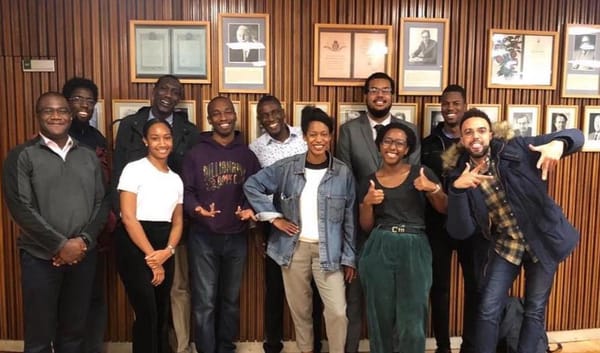The logistics of vaccine distribution
Despite current estimates of a vaccine being approved by early 2021, distribution can take months meaning restrictions may not end until late next year.
The world waits with bated breath for a return to normality, with many hopes hinged on a coronavirus vaccine. However, despite current estimates of a vaccine being approved by early 2021, distribution can take months meaning restrictions may not end until late next year. So why exactly are we in it for the long haul?
The goal of vaccination is to achieve a state of herd immunity: where enough people have gained immunity to a disease that the disease cannot spread anymore, and it will eventually die off. Herd immunity also protects those who can’t get vaccinated by making it difficult for a disease to even reach them in the first place. The proportion of people that require immunisation for the entire population to have herd immunity depends on how effectively a disease spreads; with COVID-19, this threshold is estimated to be around 60%.
60% of the world’s population is almost 5 billion people. Getting this many people vaccinated takes time and is made even more difficult with many planes grounded due to lack of passenger air travel, which is one of the main networks utilised for pharmaceutical distribution. This is complicated further by the requirement for the ‘cold chain’: the logistics network for items that require refrigeration or freezing. While the leading vaccine candidate from the University of Oxford and AstraZeneca is expected to require simple refrigeration, other leading candidates have higher demands. Both Pfizer and Moderna are working on vaccines that will require sub-zero storage, with Pfizer’s vaccine requiring temperatures of below -68°C.
This has logistical consequences; the transport and storage of these vaccines at such low temperatures is costly and requires specialised equipment and facilities. Capacity is lacking not just in the global south, but also in developed countries like the US and UK - which are ironically faring worse in response to the disease than many countries in the global south.
To this end, private logistics companies such as DHL and UPS have been investing in their cold chain capacity, building high capacity freezer farms in major cities around the world to house vaccines for distribution. Meanwhile, Pfizer have taken it upon themselves to create a custom transport solution with cold storage boxes that can keep up to 5,000 vaccine doses at the required temperature for 10 days without requiring external cooling, meaning that regular distribution networks can be utilised. This custom solution has a major advantage: while big cities may have the necessary cold storage facilities to store tens of thousands of doses, smaller towns and villages do not. The challenge then is for those smaller settlements to be able to make use of the doses quickly before the timer runs out.
It is estimated that while a vaccine may be approved by early 2021, due to these logistical challenges the vaccination program could take several months to a year. Further investments need to be made in order to ensure we have the capability to quickly and safely vaccinate the population so we can finally put this pandemic behind us.






